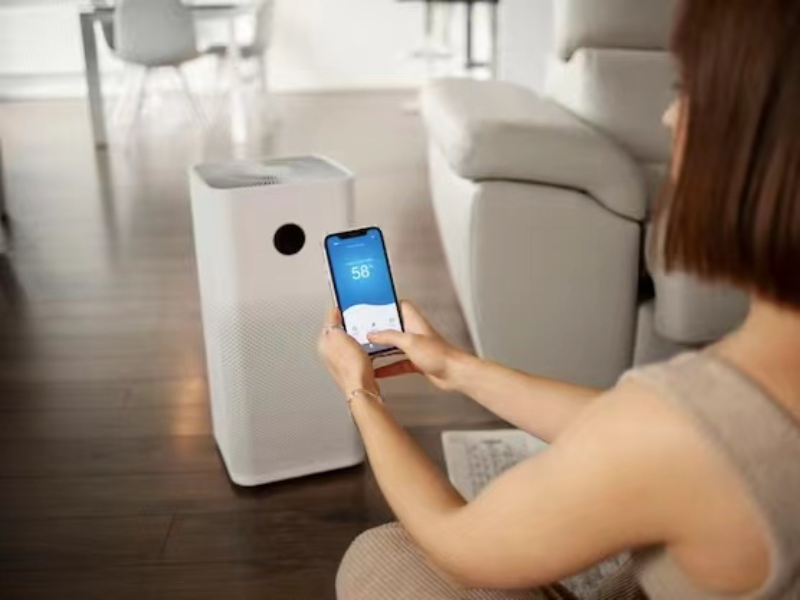- Home automation technology has integrated into daily lives, with various control types enabling seamless management of smart devices.
- Advancing technology in home automation, including unique control methods, makes managing homes more efficient and convenient.
Home automation technology has closely integrated into our daily lives. Central to this technology are the various control types that allow homeowners to manage their smart devices seamlessly. This article will introduce 5 most common control types in home automation, revealing their work mechanism and how they can facilitate life.
Also read: Taqtile introduces Manifest for DigiLens ARGO smartglasses
1. Voice control
Voice control is one of the most popular and user-friendly methods of managing smart home devices. It allows users to issue commands using natural language, which are then processed by voice assistants which can control a wide range of devices, from lighting and thermostats to security systems and appliances.
Voice control is intuitive and easy to use, making it accessible to people of all ages. Imagine you’re busy cooking, or you’re in another room, and all you need to do is shout out your command and the home automation system recognizes that command and reacts accordingly. Many smart devices are compatible with multiple voice assistants, providing flexibility in how you control your home, such as Amazon Alexa, Google Assistant, and Apple’s Siri.
2. Mobile apps
Mobile apps provide a comprehensive and convenient way to control smart home devices remotely. These apps, offered by device manufacturers and third-party developers, allow users to monitor and manage their devices from anywhere in the world using their smartphones or tablets. Apps often provide detailed settings and customisation options, allowing for precise control over devices. They can receive real-time notifications about the home’s status, such as security alerts or reminders to turn off lights.
3. Physical controllers
Physical controllers, such as smart switches, remotes, and keypads, offer a tangible way to manage smart home devices. These controllers can be installed in place of traditional light switches or used as portable remotes to control various aspects of the home automation system.
This control type doesn’t rely on internet connectivity, ensuring they work even if your network is down. It will provide a tactile feedback, which is friendly for users who are strange with the digital interfaces, like the older individuals. Besides, many physical controllers can be programmed to control multiple devices or perform complex tasks with a single button press.
Also read: Wearable technology: How it makes for a smarter future
4. Centralised hubs
Centralised hubs act as the brains of a smart home system, connecting and managing multiple devices from different manufacturers. These hubs often come with their own apps and interfaces, providing a unified control system for all your smart devices.
Hubs allow devices from different brands to work together seamlessly. It is sustainable, as the smart home expands, hubs make it easy to add new devices and integrate them into the existing system.
5. Gesture control
Gesture control involves using specific hand or body movements to control smart devices. This technology is less common but is becoming more popular with advancements in sensor technology and AI. Gesture control systems typically use cameras or motion sensors to detect and interpret user movements.
Like voice control, gesture control allows for hands-free operation, which can be convenient in various situations. This method offers a futuristic and engaging way to interact with your home.
Advancing technology in home automation is consistently emerging, with each offering unique advantages, making it easier than ever to manage our home efficiently and conveniently. With the trend of “the Internet of things”, these control methods will likely become even more integrated and user-friendly, enhancing the overall smart home experience.

